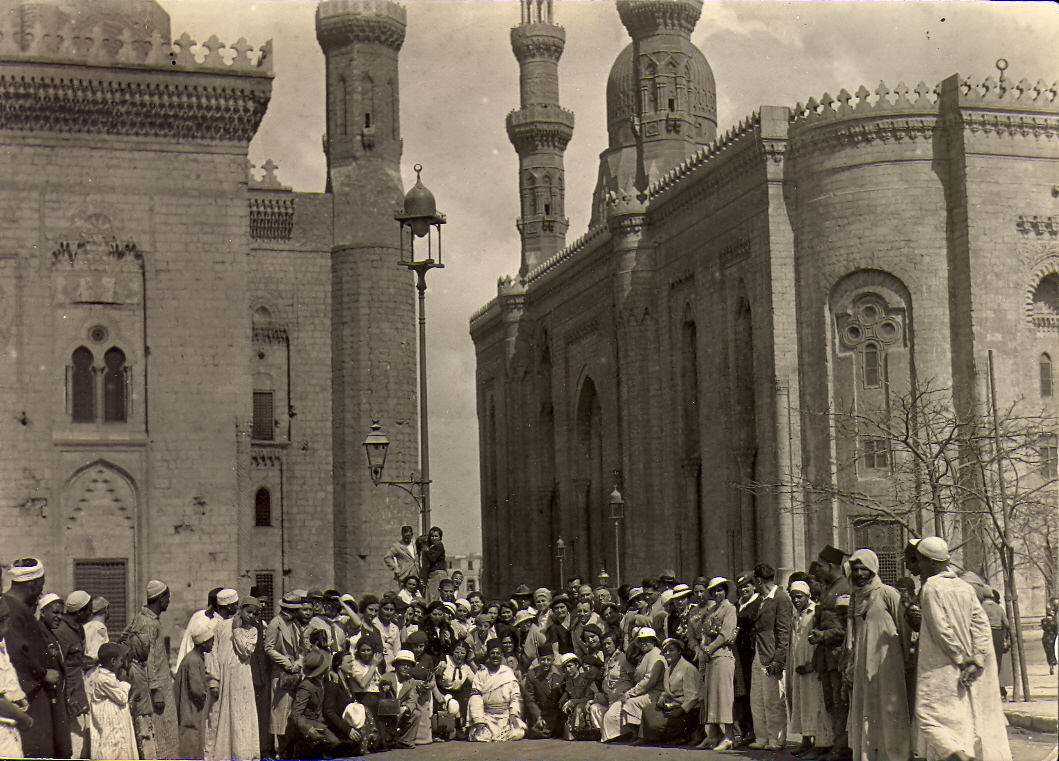This is an archive of megillot written for a Purim Sheni, a secondary Purim. In many Jewish communities around the world, “local Purims” celebrating the survival of specific communities are made which include the retelling of stories of their redemption under chilling circumstances. Click here to contribute a reading you have written, translated, or transcribed for a Purim Sheni. Filter resources by Collaborator Name Filter resources by Tag Filter resources by Category Filter resources by Language Filter resources by Date Range
The Seder ha-Tamid, a Provençal (Nusaḥ Comtat Venaissin) siddur published in Avignon in 1766, has liturgical additions for an amazing five different local festivals — one for Avignon, and two each for Carpentras and Cavaillon. I’m working on transcribing all of these, but to start, here’s an Al haNissim for the twenty-eighth of Shvat in Avignon. Written in rhymed prose, this text tells the story of a gentile who fell headfirst down a deep well near the synagogue, but successfully managed to flip himself over and wedged his feet in the walls. Even more miraculously, afterwards he declared that it was his own fault he fell in the pit! The Jews of the Comtat, an area under direct papal control at the time, were well aware of the tenuousness of their position, and were the man a talebearer then they could have faced a pogrom or exile. . . . In many Jewish communities around the world, there have been traditional scrolls read for “local Purims,” celebrating redemptions for a specific community. Here in America, we don’t really have an equivalent to that. But we do have Thanksgiving, a day heavily inspired by Biblical traditions of celebration, and one long associated with all that is good about America. Some Jewish communities have a tradition on Thanksgiving of reading Washington’s letter to the Jews of Newport, where he vows to support freedom of religion, famously writing that the United States “gives to bigotry no sanction, to persecution no assistance” – thus rephrasing words originally written in a prior letter by Moses Seixas (say-shas), the sexton of the Touro Synagogue in Newport. This text includes the original English of both Moses Seixas’ letter to Washington and Washington’s return, as well as a somewhat simplified version of the story of Washington’s visit to Newport. Inspired largely by the style of the Book of Esther, it could be read on Thanksgiving morning during the service, using Esther melodies (or going on detours as per personal choice). . . . In North Africa, a unique custom developed of reciting a Mi Khamokha v-Ein Kamokha piyyut, inspired by the famed Shabbat Zakhor work of Yehuda haLevi, on the Shabbat before a local Purim (a celebration of community’s deliverance from destruction). This piyyut, written by R. Avraham ben Rafael Khalfon, was recited on the Shabbat before 29 Tevet in the community of Tripoli, to celebrate the victory of the Karamanlid dynasty over the despotic usurper Ali Burghul (after events transpiring from 1793-1804). . . . |



